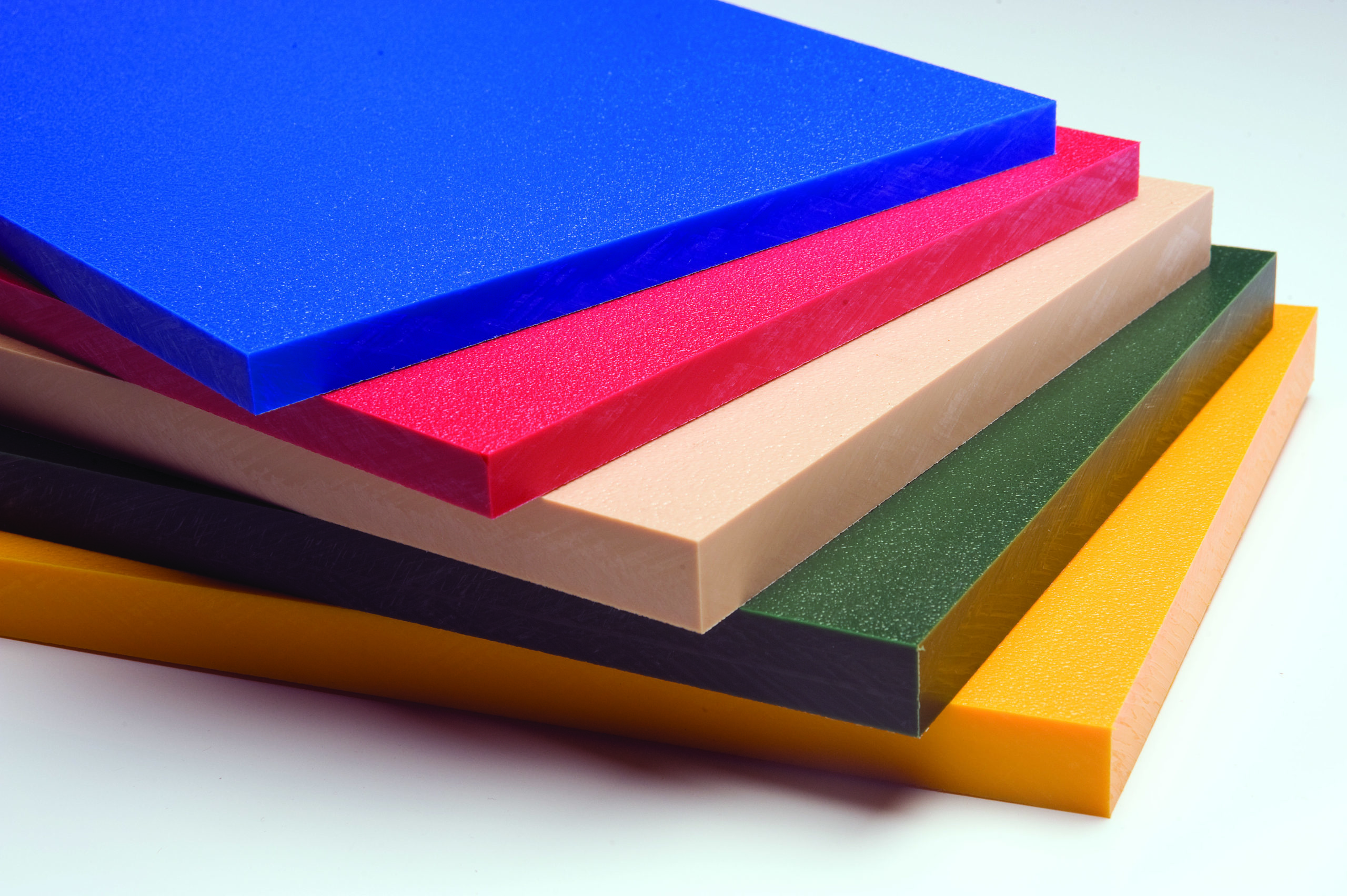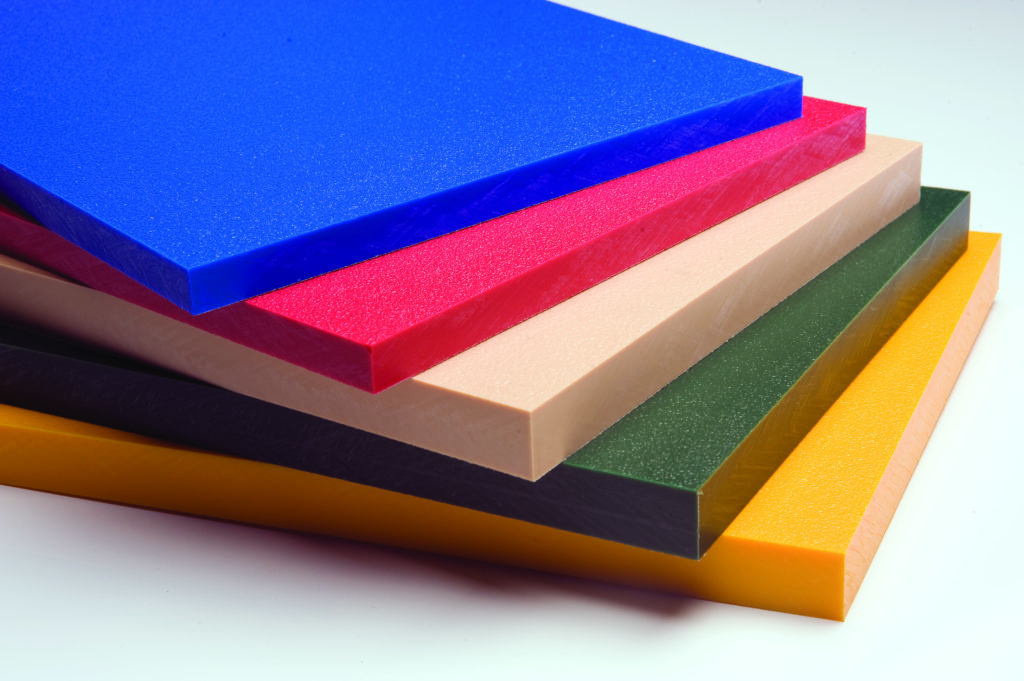Engineering plastics are playing an increasingly important role in modern manufacturing and engineering. High-density polyethylene (HDPE) is one of the most commonly used engineering plastics due to its excellent strength and suitability for a variety of applications. In this article, we will be exploring some of the properties that make HDPE such an effective engineering plastic, as well as discussing other potential benefits and drawbacks.
What is HDPE?

HDPE stands for High-Density Polyethylene. It is a thermoplastic engineering plastic that is commonly used in the manufacturing of various products such as bottles, pipes, and containers. HDPE is known for its high tensile strength, excellent chemical resistance, and UV resistance which makes it ideal for outdoor applications.
HDPE has many unique properties that make it an attractive option for engineers and manufacturers. For instance, it has a low coefficient of friction which makes it easy to handle during processing. Additionally, HDPE can withstand temperatures ranging from -50°C to 80°C without losing its mechanical properties.
In conclusion, HDPE is indeed an engineering plastic due to its outstanding mechanical properties and versatility in different applications. Its ability to retain its shape even under extreme conditions makes it a popular choice among manufacturers across various industries including construction, automotive and packaging among others.
Properties of HDPE
HDPE, or high-density polyethylene, is a type of thermoplastic polymer that is commonly used in various applications due to its unique properties. This material has a high strength-to-density ratio and can withstand extreme temperatures and pressure without cracking or splitting. It also boasts excellent chemical resistance, making it ideal for use in harsh environments.
One of the key features of HDPE is its ability to be molded into complex shapes without losing its strength or durability. This makes it an attractive option for engineering applications where shape retention and performance are critical factors. Additionally, HDPE is lightweight yet strong, making it easy to transport and install compared to other materials.
Overall, HDPE is considered one of the most versatile engineering plastics available today. Its unique combination of physical properties makes it suitable for diverse industrial applications such as piping systems, packaging materials, automotive parts, toys and even medical equipment.
Advantages of HDPE in Engineering

HDPE or High-Density Polyethylene is a thermoplastic polymer that has become very popular in the engineering industry. It offers several advantages, including high strength-to-density ratio, chemical resistance, and good impact strength. HDPE is a versatile material that can be used for various applications such as pipes, tanks, containers, and automotive parts.
One of the significant advantages of using HDPE in engineering is its ability to withstand harsh environmental conditions. This material can resist exposure to UV radiation, moisture, chemicals and can withstand high temperatures without degrading. These properties make it ideal for outdoor applications where other materials may fail.
Another advantage of HDPE is its lightweight nature which makes it easy to transport and install. It also requires less maintenance compared to other materials like steel or concrete which often need regular inspection and replacement due to corrosion. In addition to this, HDPE has excellent weldability which allows for customization of shapes according to specific project requirements.
In conclusion, HDPE is an excellent choice for engineers looking for durable materials that are resistant to wear and tear while remaining cost-effective. Its versatility makes it suitable for use in several industries such as construction, mining, agriculture among others where reliability plays a critical role in achieving success.
Disadvantages of HDPE in Engineering
Yes, HDPE is one of the most widely used engineering plastics due to its unique properties such as high wear resistance, excellent chemical resistance, and low moisture absorption. However, it also has some disadvantages that need to be considered when choosing a material for engineering applications.
One major drawback of HDPE is its low temperature performance. It becomes brittle at temperatures below -50°C and loses its mechanical strength. This can limit its use in cold environments where other materials like polycarbonate or ABS plastic would be more suitable.
Another disadvantage of HDPE is its poor UV resistance. When exposed to sunlight for extended periods, it can become brittle and discolored. This makes it unsuitable for outdoor applications unless it has been treated with UV stabilizers or pigments.
Lastly, HDPE is not recommended for high-precision applications due to its relatively low dimensional stability compared to other engineering plastics like acetal or nylon. Its coefficient of thermal expansion can lead to warping or distortion over time if not properly accounted for during design and manufacturing processes.
Applications of HDPE
HDPE, or high-density polyethylene, is a type of plastic that has become increasingly popular in recent years due to its many applications. It is considered an engineering plastic because it has a wide range of properties, including high durability and strength, as well as excellent resistance to chemicals and UV radiation. One of the most common applications for HDPE is in the production of pipes used for water distribution and gas transmission. The material’s flexibility allows for easy installation without the need for joints, reducing the risk of leaks.
Another important application of HDPE is in packaging materials. The plastic’s resistance to moisture and many chemicals make it ideal for use in food packaging and storage containers. Additionally, HDPE can be recycled quite easily which makes it an environmentally friendly option when compared to other plastics.
HDPE is also commonly used in manufacturing products such as toys, furniture pieces, and automotive parts due to its ability to withstand wear and tear over time. In summary, HDPE’s versatility has enabled it to become widely adopted across several industries with more innovative applications still being explored today.
Cost vs. Benefits of HDPE
HDPE, or high-density polyethylene, is a type of thermoplastic that is widely used in various industries. It is known for its excellent resistance to chemicals, impact resistance, and low moisture absorption. As an engineering plastic, HDPE has a unique set of properties that make it ideal for various applications.
When considering the cost vs. benefits of HDPE, it is important to note that while it may have a higher upfront cost compared to other materials like PVC or ABS, its long-term benefits far outweigh this initial investment. For example, HDPE pipes are known for their durability and can last up to 50 years without requiring any maintenance or replacement. This means that the cost savings in terms of replacement and repair costs over time can be significant.
Furthermore, the lightweight and flexibility of HDPE make it easy to transport and install on-site. Its ability to withstand extreme temperatures also makes it suitable for outdoor applications where other materials might fail. Overall, while HDPE may be more expensive at first glance than other materials in some cases but considering its long-lasting durability and low maintenance requirements combined with its superior performance characteristics make it a highly beneficial material choice for many industries.
In conclusion, HDPE is a type of engineering plastic that exhibits exceptional durability and strength. It is commonly used in the manufacturing industry for various applications, including piping systems, containers, and automotive components. Its chemical resistance to solvents and acids makes it ideal for industrial settings where harsh chemicals are present.
Based on the properties of HDPE, it is recommended that engineers consider using this material for their projects that require high impact resistance and flexibility. As with any material selection process, thorough research should be conducted to ensure that the selected material meets all necessary specifications and requirements for the intended application. Additionally, proper installation techniques should be followed to ensure optimal performance and longevity of the component or system made from HDPE. Overall, HDPE offers many benefits as an engineering plastic and should be considered by engineers when selecting materials for their projects.
